Shipping quote request
We’ll calculate the shipping price as soon as getting your request.
Shipping quote request
We’ll calculate the shipping price as soon as getting your request.
You May Also Like
Sponsored Products
More from this Dealer
Vintage Rex Chairs by Niko Kralj, Set of 2

Mid-Century Rosewood Desk by A.B. Madsen & E. Larsen for Willy Beck
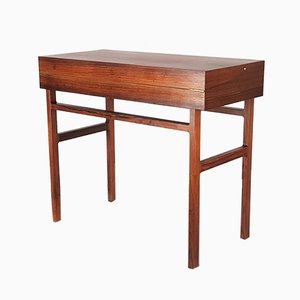
Bar Stools by Herta Maria Witzemann for Erwin Behr, Set of 2
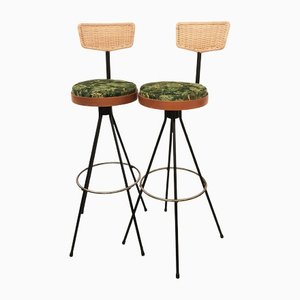
Bookkeeping Mod. 4925 by Marianne Brandt for Ruppel-Werke, 1920s
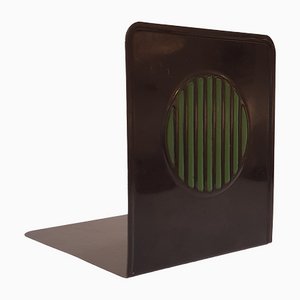
Mid-Century Pregnant Louise Vase by Heidenreich for Rosenthal Selb
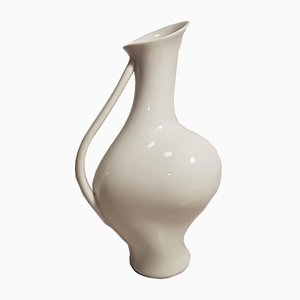
Plate Decor from Villeroy & Boch, 1930s, Set of 7

Aldo Tura Bottle Cooler, 1960s, Set of 2
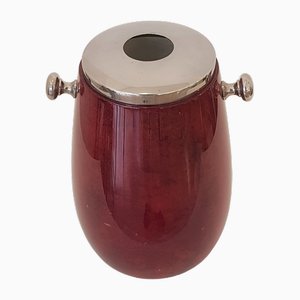
Candleholder by Gunnar Ander for Ystad-Metall, 1960s
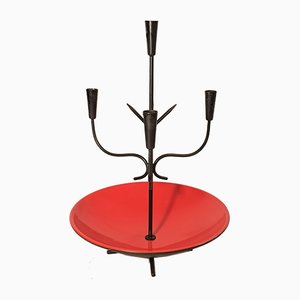
Swedish Stool by Odelberg & Olson, 1930s
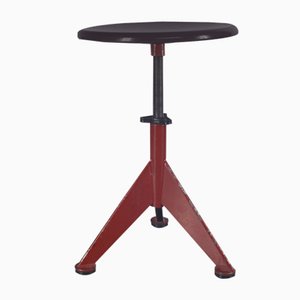
Mug with Lid and Saucer by Atelier Fornasetti for Fornasetti, 1990s, Set of 3
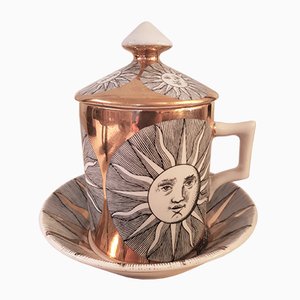
Ant Side Chair attributed to Arne Jacobsen, 1950s
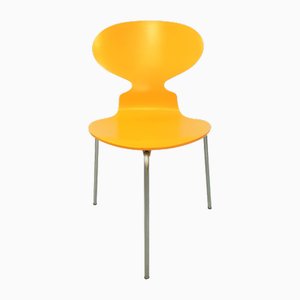
Salmon Stools with Graphical Fabric, 1920s, Set of 2
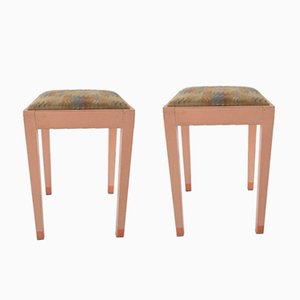
Vintage Pendant Lamp from Jenaer Glas, 1920s

Ceramic Dove Box by Aldo Londi for Bitossi
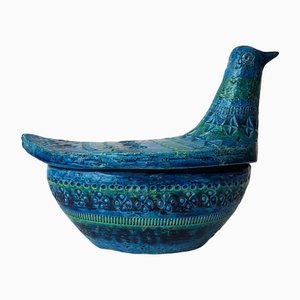
Beech Stacking Chairs, 1960s, Set of 6
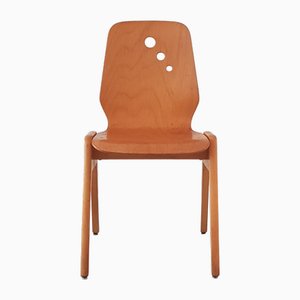
Vintage Imitation Wood Vase by Grandjean Jourdan for Vallauris
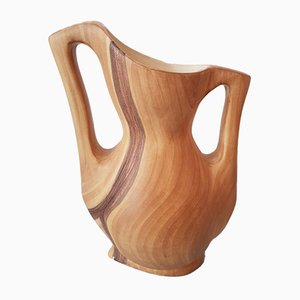
Cover Box Relief by Jens Harald Quistgaard, 1959, Set of 2
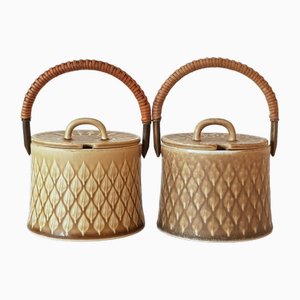
Vintage Paperweight Set by Etienne Aigner, Set of 6
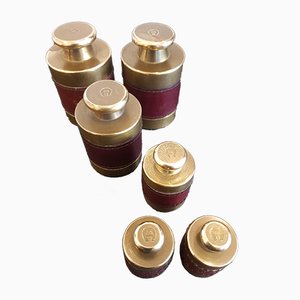
BK 32/24 Vase by Jan Bontjes van Beek
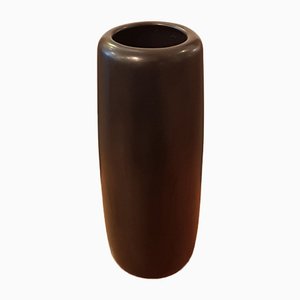
Candleholder from Laurids Lönborg, 1950s
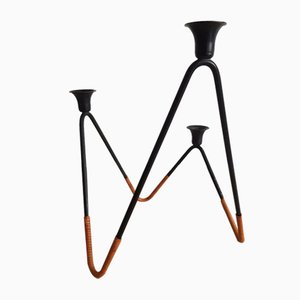
More Products
Get in Touch
Make An Offer
We noticed you are new to Pamono!
Please accept the Terms & Conditions and Privacy Policy
Get in Touch
Make An Offer
Almost There!
To follow your conversation on the platform, please complete the registration. To proceed with your offer on the platform, please complete the registration.Successful
Thanks for your inquiry, someone from our team will be in touch shortly
If you are a Design Professional, please apply here to get the benefits of the Pamono Trade Program